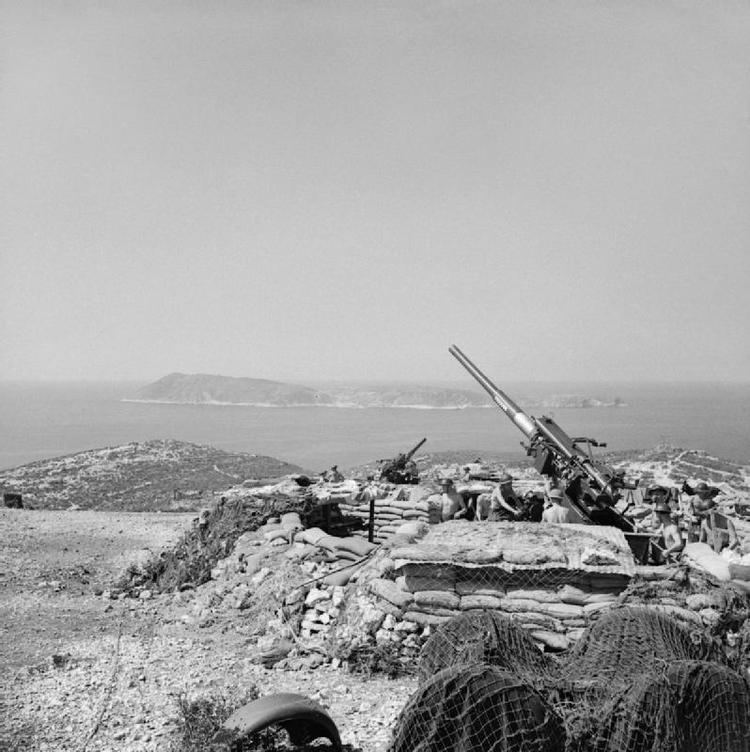Active 1859–present Branch Territorial Army | Country United Kingdom Type Artillery Regiment | |
 | ||
Role Garrison Artillery
Coastal Artillery
Heavy Anti-Aircraft Artillery
Infantry | ||
The Tynemouth Volunteer Artillery claims to be the oldest volunteer artillery unit of the British Army. It served coastal, siege and anti-aircraft guns in World War I and World War II, and also served in the infantry role.
Contents
Artillery Volunteers 1859-1908
The first artillery unit formed amid the enthusiasm that created the British Volunteer Force in the mid-19th Century was the 1st Northumberland Artillery Volunteer Corps, which was raised after a public meeting at Tynemouth on 7 May 1859. The meeting was held in response to statements by Commander Bedford Pim, Royal Navy, that a modern ironclad warship could do untold damage to the towns of Tyneside due to the poor state of their defences. By 25 May 1859, the first drill was held for Rifle and Artillery volunteers at Tynemouth, and formal enrolment for the 1st Northumberland Artillery Volunteers opened on 2 August.
In November 1859, the new unit held its first gun practice, on two 70-year-old muzzle-loading smoothbore cannon at Tynemouth Castle. Over the following years, the unit expanded with additional batteries. When county volunteer units were consolidated under the Childers Reforms of 1881, the 1st Northumberland AV was threatened with losing seniority to a later-formed unit in Newcastle upon Tyne, but after protests it was restored to primacy, with the title Tynemouth Artillery Volunteer Corps.
In the early years, the volunteer gunners practised on whatever guns were available, including those at Tynemouth Castle, until they were supplied with light 9-pounder field guns in 1869. At that time, the policy was for the Artillery Volunteers to support the Rifle Volunteers in the field. They were re-equipped with 20-pounder field and 40-pounder fort guns in 1889. In 1893, the batteries at Tynemouth Castle were equipped with modern 6-inch breechloading guns on hydro-pneumatic disappearing carriages, and the Tynemouth Volunteer Artillery immediately began training to operate them, beginning their long association with coastal artillery. When the Territorial Force was created in 1908, the unit was affiliated to the Royal Garrison Artillery, which was responsible for all coastal and fortress artillery.
First World War
On the outbreak of war, the Tynemouth Volunteer Artillery deployed to their war stations guarding the major ports of North East England under No 18 Coastal Fire Command. Their headquarters were located at North Shields and their companies located as follows:
The Tynemouth Volunteer Artillery also provided personnel for 44th Siege Battery, Royal Garrison Artillery, which landed in France on 24 January 1916 and served on the Western Front.
Interwar years
After the war, the unit was retitled the Tynemouth Coast Brigade RGA in the reformed Territorial Army, becoming the Tynemouth Heavy Brigade in 1924 when the RGA merged with the rest of the Royal Artillery (RA). At that time, the regiment comprised two batteries, 151st and 152nd Heavy Batteries, with HQ and 151 Battery at Blyth.
In 1936, the Tynemouth Volunteers also provided the men to form the new 64th (Northumbrian) Anti-Aircraft Brigade, RA (TA), consisting of the 179th and 180th (Tynemouth) AA batteries at North Shields and Seaton Delaval respectively. They were joined by 268th (Durham) AA Battery based at Consett and 269th AA Battery based at Seaham Harbour. The 64th was assigned to 30th (Northumbrian) AA Group in 2nd AA Division.
(RA Brigades were redesignated Regiments in 1938, allowing AA Groups to adopt the more usual formation title of Brigades.)
64th HAA Regiment
On the outbreak of World War II, 64th was still serving in the 30th (Northumbrian) Group covering Tyneside during The Blitz. In the summer of 1940, along with other AA units equipped with the older 3-inch and newer 3.7-inch AA guns, the 64th was designated a Heavy AA Regiment. It continued serving with Home Forces until May 1943, when it sailed to North Africa, joining Allied Forces HQ in July that year. It was assigned to Eighth Army for the Italian Campaign. In February 1945, the regiment moved to join Second Army in North West Europe, where it saw out the rest of the war.
Coastal Artillery
The Tynemouth Heavy Regiment split into three regiments of Coast Artillery in July 1940:
616 Infantry Regiment
As the war progressed, and the German threat receded, the need for coastal defence artillery diminished and the regiments were wound down. 509 Regiment was placed in suspended animation in April 1944; and 510 Regiment followed in November 1944. Then, in January 1945, the War Office began to reorganise surplus anti-aircraft and coastal artillery regiments in the UK into infantry battalions, primarily for line of communication and occupation duties in North West Europe, thereby releasing trained infantry for frontline service. In consequence, the Regimental HQ of 509 Regiment became 616 Infantry Regiment RA (TA) in 301st Infantry Brigade.
After infantry training in Scotland, the regiment transferred to 21st Army Group on 9 May 1945, and landed on the Continent on 15 May (a week after VE Day), where it came under the command of First Canadian Army.
Postwar
In 1947, 508 and 509 Regiments reformed in the postwar TA as 404 and 405 (Tynemouth) Coast Regiments based at North Shields and Blyth respectively.
Meanwhile, 64 HAA Regiment was retitled 464 (Northumbrian) HAA Regiment. During the 1950s, all three regiments were amalgamated and then merged with 324 HAA Regiment, to form 324 (Northumbrian) HAA Regiment, RA (TA). In the 1967 TA reorganisation, the regiment became the Headquarters Battery of the amalgamated 101 (Northumberland) Regiment RA (V), the battery regaining its subtitle 'Tynemouth Volunteer Artillery' in 1993. In July 2006, the battery was disbanded, but the name was perpetuated in the Radar (Tynemouth Volunteer Artillery) Troop, of 204 Battery, RA (V).
